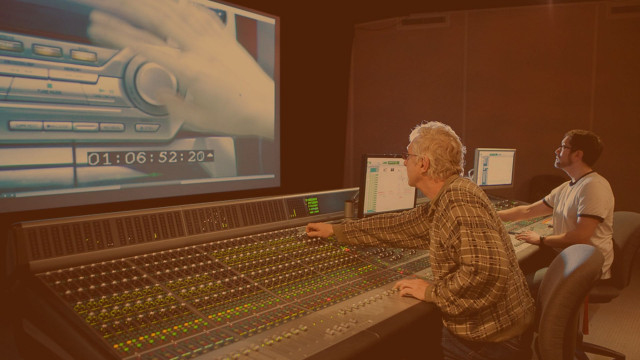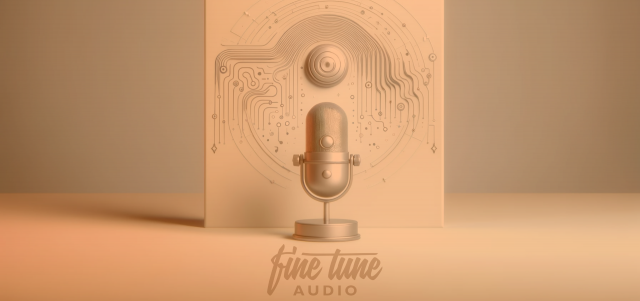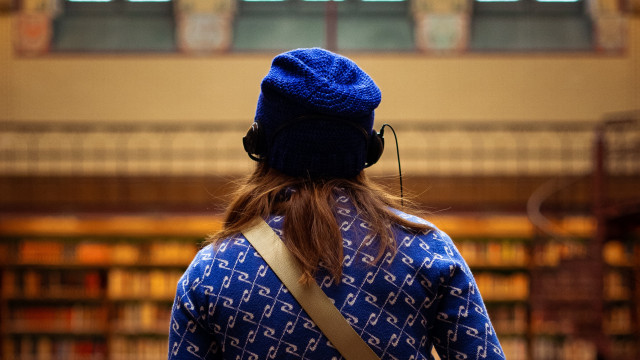
The Art of Sound Design in Film
Exploring the Art of Sound Design in Film.
Sound is an essential part of our movie-watching experience. From the rustling of leaves to the roar of a lion, sound helps us connect with the visuals on screen and enhances the overall impact of the story. But did you know that most of the sounds we hear in movies are not real? They are created in post-production by sound designers who use a range of tools and techniques to manipulate and mold the sounds to fit the story.
In this article, we will go deeper into the art of sound design in film and explore the ways in which sound designers use their creativity and technology to bring stories to life.
Creating Sound Effects
One of the primary tasks of a sound designer is to create sound effects. These are the sounds that we hear in movies that are not part of the dialogue or music. They include everything from footsteps and door creaks to gunshots and explosions. Sound designers have to use their creativity and ingenuity to create these sounds because they are often unable to record them in the real world.
For example, in one experiment, three videos of a rainy day were played, but the audio was replaced in one of the clips with the sound of bacon frying. Although the visuals were of rain, our brains were conditioned to accept the lie because we are not looking for accuracy. Sound designers use this to their advantage and manipulate the sounds to create a believable experience.
For example, when you hear a phone ringing in a movie, it's not actually ringing. It's been added later in post-production in a studio. Similarly, when you see a bird flapping its wings, the sound is not recorded from the bird. It's often created by recording a sheet or shaking kitchen gloves.
Sound designers also use vegetables and other objects to create sound effects. For example, to create the sound of a punch, they may stick a knife in a cabbage or break celery or frozen lettuce to create the sound of breaking bones.
Reverb
Once the sound effects are created, sound designers use a range of tools to make them fit into the world of the story. One of the most important tools is reverb.
Reverb is the persistence of sound after the original sound has ended. It's the reflection of sound waves from the materials, objects, and walls around the sound. By adding reverb, sound designers can make the sound seem like it was recorded in a specific space. For example, the sound of a gunshot can be made to sound like it was recorded in a bathroom, a church, or a canyon.
Reverb can also be used to create emotional connections with the on-screen action. If a sound has less reverb than the on-screen action, it immediately signifies that we are listening to a commentator or an objective narrator who is not participating in the on-screen action. On the other hand, adding a lot of reverb to a voice can make us feel like we are listening to someone inside our ear.
Thus, to conclude, Sound design is an integral part of filmmaking that often goes unnoticed. Sound designers use their creativity and technology to create sound effects that are integral to the story. By manipulating and molding the sounds, they create a believable experience that enhances the impact of the visuals. Reverb is one of the essential tools that sound designers use to make the sound fit into the world of the story. Understanding the art of sound design can give us a new appreciation for the hard work and creativity that goes into creating the movies we love.


